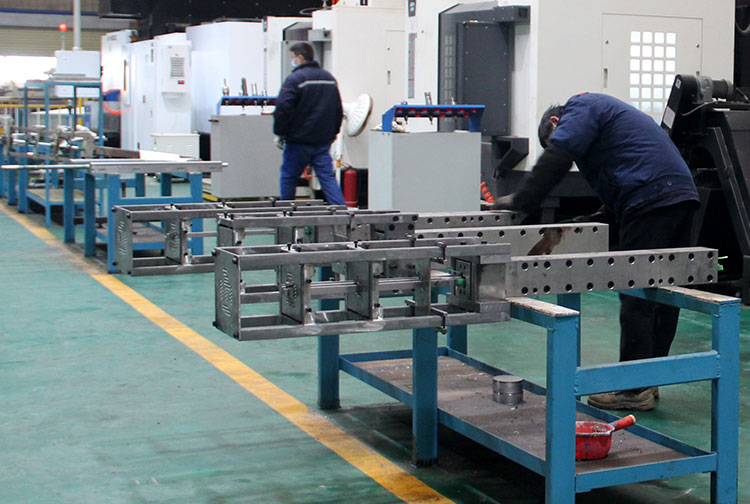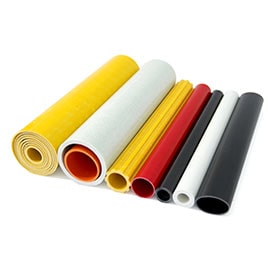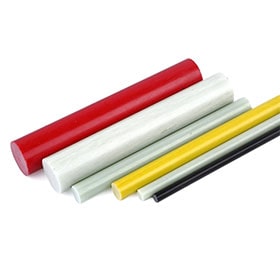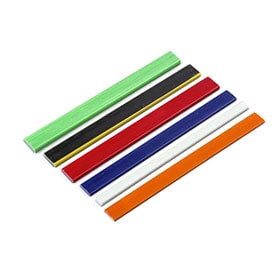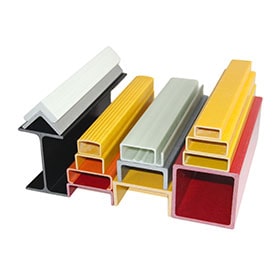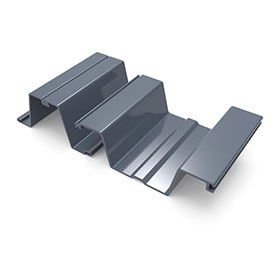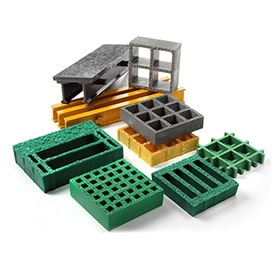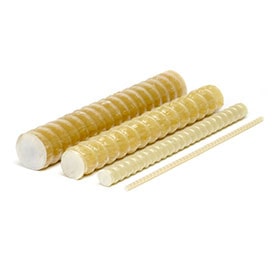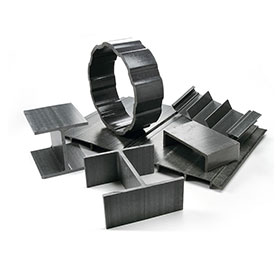Common Problems and Solutions of Fiberglass Pultrusion Moulds
In fiberglass pultrusion production, the mould (or die) is the core of the entire process. It directly determines the surface quality, dimensional accuracy, and production efficiency of the FRP profiles. However, many manufacturers often face problems with their pultrusion moulds during long-term operation. Below we summarize the most common issues and effective solutions.
1. Design and Structural Issues
1.1 Uneven Heating
Symptoms: Uneven color, partial curing, or soft spots on profiles.
Causes: Poor layout of heating elements or unbalanced temperature control.
Solutions: Adopt a multi-zone temperature control system and improve thermal insulation around the mould.
1.2 Improper Die Taper or Transition Design
Symptoms: Dimensional deviation, pulling difficulty.
Causes: Incorrect die taper or rough transition zone design.
Solutions: Recalculate die taper based on resin shrinkage and profile structure, and polish transition zones smoothly.
1.3 Resin Flow Channel Problems
Symptoms: Air bubbles, dry spots, or uneven impregnation.
Causes: Unoptimized resin flow path or blockage.
Solutions: Redesign the flow channels and ensure uniform resin distribution across fibers.
2. Material and Manufacturing Problems
2.1 Surface Roughness or Chrome Layer Peeling
Symptoms: Scratches or dull surface on finished products.
Causes: Poor polishing or low-quality chrome coating.
Solutions: Use high-hardness tool steel and fine polishing; inspect the chrome layer regularly.
2.2 Insufficient Hardness or Excessive Wear
Symptoms: Fast mold wear, profile dimension changes.
Causes: Inadequate mold material or poor lubrication.
Solutions: Use premium mold steel such as H13 and apply regular lubrication and cleaning.
3. Operation and Maintenance Issues
3.1 Fiber Breakage or Mold Blockage
Symptoms: High pulling resistance, broken fibers.
Causes: Cured resin build-up or improper temperature setting.
Solutions: Keep mold cavity clean, control curing temperature precisely, and maintain smooth inlet chamfers.
3.2 Difficult Demoulding
Symptoms: Product sticks to the mould or surface gets damaged.
Causes: Poor surface finish or wrong release agent usage.
Solutions: Choose a suitable release agent and ensure even coating before production.
3.3 Improper Temperature Control
Symptoms: Incomplete curing or brittle product.
Causes: Faulty thermocouple or uneven heating.
Solutions: Regularly calibrate temperature sensors and use multi-point control systems.
4. Maintenance Recommendations
- Clean the mould cavity after each production run to remove resin residue.
- Polish the cavity regularly to maintain surface smoothness.
- Inspect heating systems and thermocouples periodically.
- Apply anti-rust oil and seal the mould when not in use for a long period.
5. Common Mold Problems and Effects
| Problem Type | Typical Symptoms | Impact on Product |
|---|---|---|
| Uneven Temperature | Partial curing, color difference | Reduced strength and appearance quality |
| Blocked Resin Flow | Dry spots, bubbles | Poor surface finish |
| Incorrect Taper | Difficult demoulding | Low production efficiency |
| Chrome Peeling | Rough surface | Dimensional inaccuracy |
Conclusion
Proper design, precision manufacturing, and regular maintenance are the key to ensuring long mould life and high-quality fiberglass profiles. As a professional pultrusion mold manufacturer, we provide customized FRP moulds, pultrusion equipment, and technical support to meet different production needs.
Contact us:
Website: www.frpzs.com
Email: Jessica@frpzs.com
WhatsApp: +86 15303735673
 +86 15303735673
+86 15303735673 Jessica@frpzs.com
Jessica@frpzs.com
 Technical Data
Technical Data


